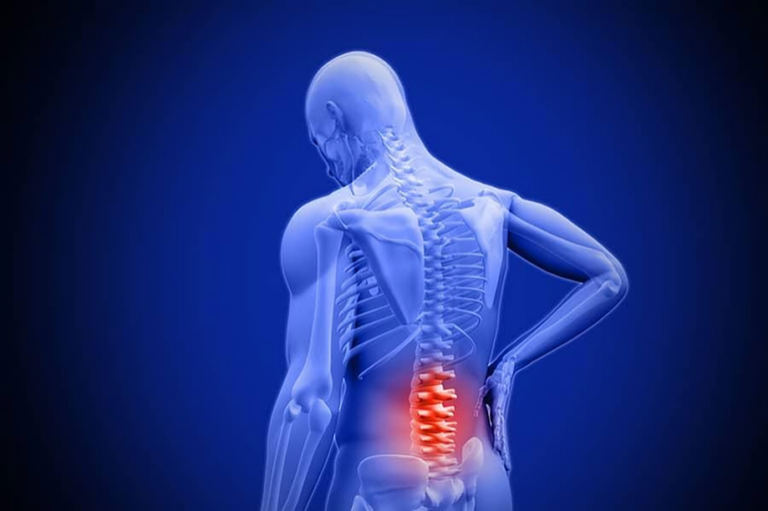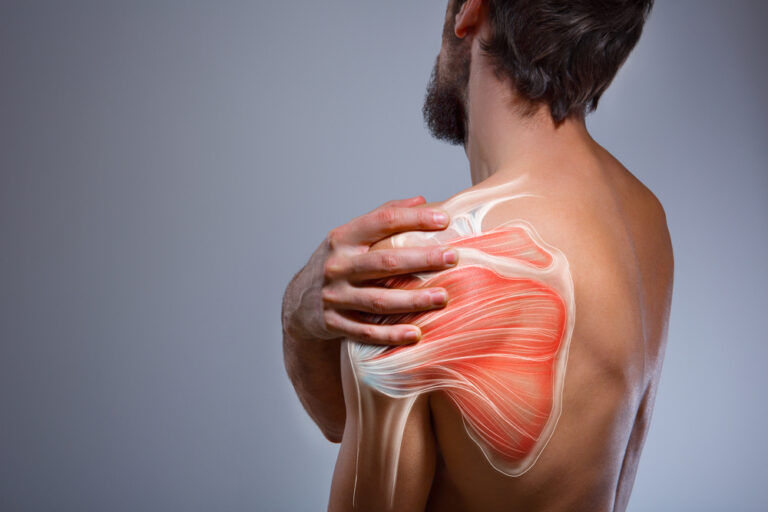A Comprehensive Guide to Knee Pain, Causes, Treatments, and Prevention.
Knee pain is a common ailment that can affect individuals of all ages and lifestyles. Whether caused by injury, overuse, or underlying medical conditions, knee pain can significantly impact daily activities. This comprehensive guide aims to provide a thorough understanding of knee pain, including its various causes, effective treatments, and preventive measures.
Understanding the Causes of Knee Pain:
Knee pain can stem from a variety of sources, and identifying the underlying cause is crucial for effective treatment. This section explores common causes such as:
- Injuries: Traumatic injuries, such as ligament tears, meniscus tears, or fractures, are frequent contributors to knee pain.
- Osteoarthritis: Wear and tear of the joint over time can lead to osteoarthritis, resulting in pain, stiffness, and reduced mobility.
- Rheumatoid Arthritis: An autoimmune condition, rheumatoid arthritis can cause inflammation and pain in the knee joints.
- Overuse and Strain: Activities that involve repetitive motion or excessive strain, such as running or intense workouts, can lead to overuse injuries and knee pain.
- Bursitis: Inflammation of the bursae, small fluid-filled sacs that cushion the knee joint, can cause pain and swelling.
Diagnosis and Medical Evaluation:
Proper diagnosis is essential for effective treatment. This section outlines the diagnostic process, including medical history review, physical examinations, and imaging studies like X-rays or MRI scans. Seeking professional medical evaluation helps determine the specific cause of knee pain and guides the development of an appropriate treatment plan.
Treatment Options for Knee Pain:
The underlying cause of knee pain determines the course of treatment. Treatment for knee pain varies based on the underlying cause. This section explores a range of options, including:
- Pain Medications: Over-the-counter or prescription pain relievers can help manage pain and reduce inflammation.
- Physical Therapy: Targeted exercises and rehabilitation programs can strengthen the knee muscles and improve joint function.
- Injections: Corticosteroid injections or hyaluronic acid injections may be recommended for reducing inflammation and improving joint lubrication.
- Bracing and Supportive Devices: Knee braces or supports can provide stability and alleviate pressure on the affected joint.
- Surgical Interventions: In cases of severe injuries or advanced arthritis, surgical procedures such as arthroscopy, joint replacement, or ligament repair may be considered.
Preventing Knee Pain:
Preventive measures play a crucial role in maintaining knee health and minimizing the risk of pain. This section provides practical tips for preventing knee pain, including:
- Proper Warm-up and Stretching: Incorporating warm-up exercises and stretching before physical activities help prepare the muscles and joints for movement.
- Maintaining a Healthy Weight: Excess body weight can strain the knee joints, so maintaining a healthy weight reduces the risk of developing knee pain.
- Low-Impact Exercise: Choosing low-impact activities like swimming or cycling can provide cardiovascular benefits without putting excessive stress on the knees.
- Balanced Diet: A diet rich in nutrients, particularly those supporting joint health, contributes to overall well-being.
- Footwear and Orthotics: Wearing supportive footwear and using orthotic inserts can provide proper alignment and reduce stress on the knees.
Lifestyle Adjustments and Self-Care:
Simple lifestyle adjustments can also contribute to knee health. This section discusses the importance of adequate rest, ice and heat therapy, and maintaining good posture as part of self-care practices for managing knee pain.
Conclusion: Empowering Individuals for Knee Health:
“A Comprehensive Guide to Knee Pain: Causes, Treatments, and Prevention” aims to empower individuals with the knowledge needed to understand, manage, and prevent knee pain effectively. By delving into the various causes and treatment options, and emphasizing preventive measures, this guide serves as a valuable resource for those seeking to maintain optimal knee health and lead active, pain-free lives. Seeking professional advice for persistent or severe knee pain is always recommended to ensure accurate diagnosis and personalized treatment.
This comprehensive guide aims to provide a thorough understanding of knee pain, including its various causes, effective treatments, and preventive measures.
Understanding the Causes of Knee Pain:
This section explores common causes such as:
- Injuries: Traumatic injuries, such as ligament tears, meniscus tears, or fractures, are frequent contributors to knee pain.
- Osteoarthritis: Wear and tear of the joint over time can lead to osteoarthritis, resulting in pain, stiffness, and reduced mobility.
- Rheumatoid Arthritis: An autoimmune condition, rheumatoid arthritis can cause inflammation and pain in the knee joints.
- Overuse and Strain: Activities that involve repetitive motion or excessive strain, such as running or intense workouts, can lead to overuse injuries and knee pain.
- Bursitis: Inflammation of the bursae, small fluid-filled sacs that cushion the knee joint, can cause pain and swelling.
Diagnosis and Medical Evaluation:
Proper diagnosis is essential for effective treatment. This section outlines the diagnostic process, including medical history review, physical examinations, and imaging studies like X-rays or MRI scans. Seeking professional medical evaluation helps determine the specific cause of knee pain and guides the development of an appropriate treatment plan.
Treatment Options for Knee Pain:
Treatment for knee pain varies based on the underlying cause. This section explores a range of options, including:
- Pain Medications: Over-the-counter or prescription pain relievers can help manage pain and reduce inflammation.
- Physical Therapy: Targeted exercises and rehabilitation programs can strengthen the knee muscles and improve joint function.
- Injections: Corticosteroid injections or hyaluronic acid injections may be recommended for reducing inflammation and improving joint lubrication.
- Bracing and Supportive Devices: Knee braces or supports can provide stability and alleviate pressure on the affected joint.
- Surgical Interventions: In cases of severe injuries or advanced arthritis, surgical procedures such as arthroscopy, joint replacement, or ligament repair may be considered.
Preventing Knee Pain:
Preventive measures play a crucial role in maintaining knee health and minimizing the risk of pain. This section provides practical tips for preventing knee pain, including:
- Proper Warm-up and Stretching: Incorporating warm-up exercises and stretching before physical activities help prepare the muscles and joints for movement.
- Maintaining a Healthy Weight: Excess body weight can strain the knee joints, so maintaining a healthy weight reduces the risk of developing knee pain.
- Low-Impact Exercise: Choosing low-impact activities like swimming or cycling can provide cardiovascular benefits without putting excessive stress on the knees.
- Balanced Diet: A diet rich in nutrients, particularly those supporting joint health, contributes to overall well-being.
- Footwear and Orthotics: Wearing supportive footwear and using orthotic inserts can provide proper alignment and reduce stress on the knees.
Lifestyle Adjustments and Self-Care:
Simple lifestyle adjustments can also contribute to knee health. This section discusses the importance of adequate rest, ice and heat therapy, and maintaining good posture as part of self-care practices for managing knee pain.
Conclusion: Empowering Individuals for Knee Health:
“A Comprehensive Guide to Knee Pain: Causes, Treatments, and Prevention” aims to empower individuals with the knowledge needed to understand, manage, and prevent knee pain effectively. By delving into the various causes and treatment options, and emphasizing preventive measures, this guide serves as a valuable resource for those seeking to maintain optimal knee health and lead active, pain-free lives. Seeking professional advice for persistent or severe knee pain is always recommended to ensure accurate diagnosis and personalized treatment.






